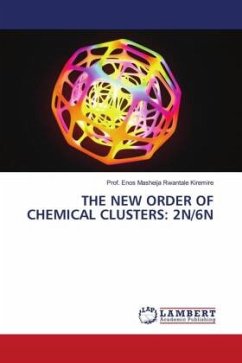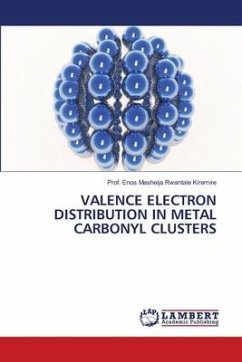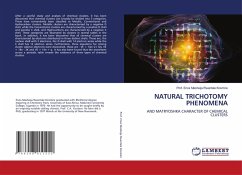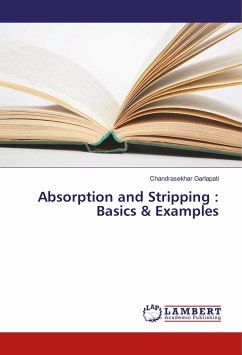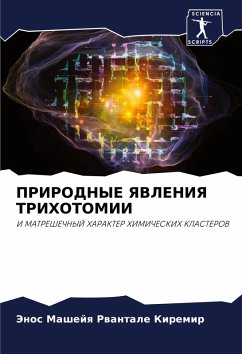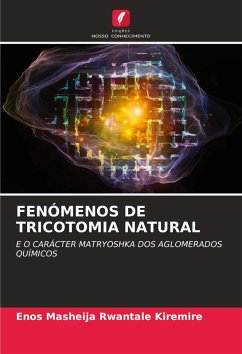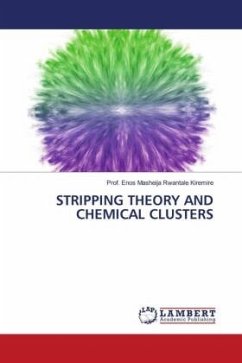
STRIPPING THEORY AND CHEMICAL CLUSTERS
Versandkostenfrei!
Versandfertig in 6-10 Tagen
68,99 €
inkl. MwSt.

PAYBACK Punkte
34 °P sammeln!
One of the breakthrough discoveries in the study of chemical clusters was the fact the clusters were found to be categorized into groups and periods. This was done using the series approach S=4n+q, where n=the number of skeletal elements in a cluster formula and q was a variable numerical number. Later on, the categorization was advanced to the level K_=Dz+Cy where z represents nuclear elements and y represented the capping elements. In some clusters, Cy and Dz are just parameters of mathematical importance when z or y are negative. However, the study of ring theory revealed that chemical clus...
One of the breakthrough discoveries in the study of chemical clusters was the fact the clusters were found to be categorized into groups and periods. This was done using the series approach S=4n+q, where n=the number of skeletal elements in a cluster formula and q was a variable numerical number. Later on, the categorization was advanced to the level K_=Dz+Cy where z represents nuclear elements and y represented the capping elements. In some clusters, Cy and Dz are just parameters of mathematical importance when z or y are negative. However, the study of ring theory revealed that chemical clusters are much easier analysed and categorised by using the string index Nx. This means that clusters with 1 skeletal element(N1) can be analysed and categorized using the levels of string index of CH4 and its derivatives and those of 2 skeletal elements can be categorised by using C2H6 and its derivatives. Similarly, those of higher orders such as N6, corresponding alkane such as C6H14 and its derivatives, C6H12, C6H10, C68+ and so on, can be used to analyse and categorise any cluster of six skeletal elements such S6, P6, B3N3H6, Rh6(CO)16 and others.



